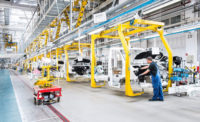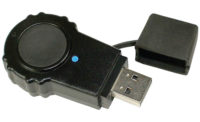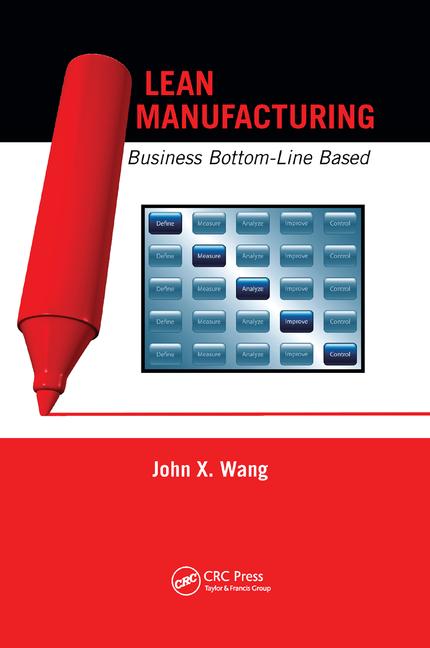FRANKFURT, Germany—Continental AG has developed a fleet of mobile robots in-house to optimize material handling on its assembly lines. The autonomous automated guided vehicles (aAGVs) are part of the Tier One auto parts supplier’s Industry 4.0 initiative.
The proprietary aAGVs can transport heavy loads that weigh more than 1 ton. They are currently in use at Continental factories in Frankfurt and Zvolen, Slovakia. The aAGVs align themselves to the correct direction and flexibly avoid obstacles while they transport parts needed to assemble brakes.
“The aim is to optimize the entire value chain using digitized processes and data flows with high transparency and predictability, short throughput times, low inventories and high flexibility,” says Alexander Schmitt, head of the actuation and future products segment in the hydraulic brake systems business unit of the autonomous mobility and safety business division of Continental.
“Increasing efficiency in production is an important contribution to long-term competitiveness,” explains Schmitt. “For that reason we decided to use the aAGV for heavy loads to develop a solution that helps us to shape our processes more flexibly and efficiently. With our own expertise combined with competent partner technologies, we’re developing an industrial solution that optimizes our production sequences and is also an attractive business idea.”
According to Schmitt, AGVs play an important role in the material flow in a digitized factory. “They reduce manual activities such as driving forklifts, speeding up transport, making it clear exactly what goods are available and where at all times, and making processes more predictable in general,” he points out.
“We did not find any [commercially available] autonomous transport vehicles that met our requirements,” claims Schmitt. “At the moment, the only mobile transport robots on the market are those that predominantly do not drive autonomously and only move on fixed routes between programmed start and target locations. Any change requires complex reprogramming, time and additional costs for modifications to the site.
“[Our in-house development effort] was made possible by, among other things, a technology transfer from the passenger car sector,” notes Schmitt. “The expertise from highly-reliable automotive-grade environmental sensors such as radar, camera, ultrasonic and Lidar, as well as sensor fusion and the environment model, was a key component in the development of the aAGV.
“During the design, production, and assembly of the aAGV, the project team was able to build on the experience gained in the automotive [industry],” says Schmitt. “Technologies such as sensors from the passenger car sector were combined with control technology, mechatronics and conventional mechanical engineering.
“Only the electric drivetrain and the software for controlling the vehicle are based on the technologies available on the market,” Schmitt points out. “The [goal] is for the aAGV to be available worldwide as a basic technology for use in production at Continental.”





